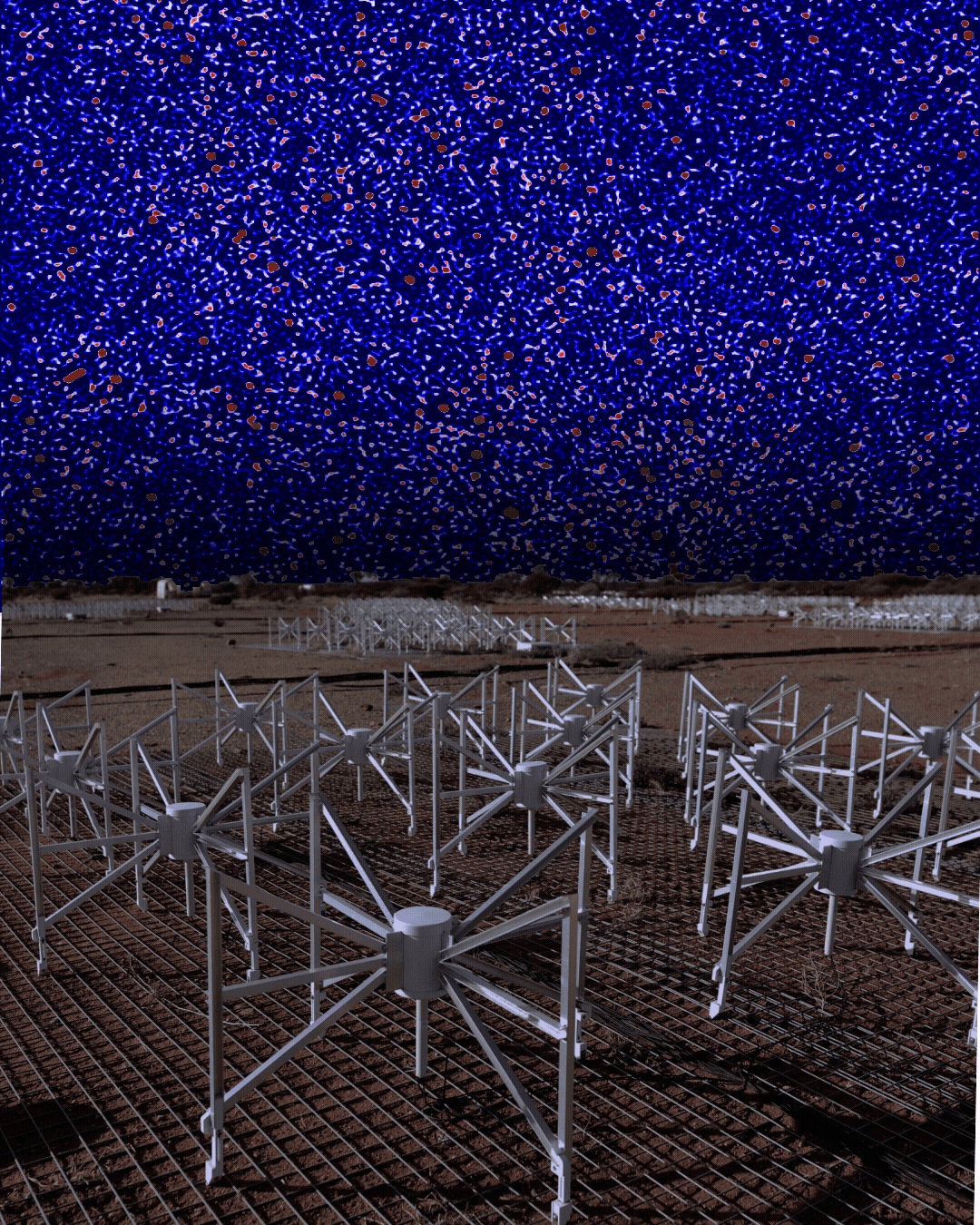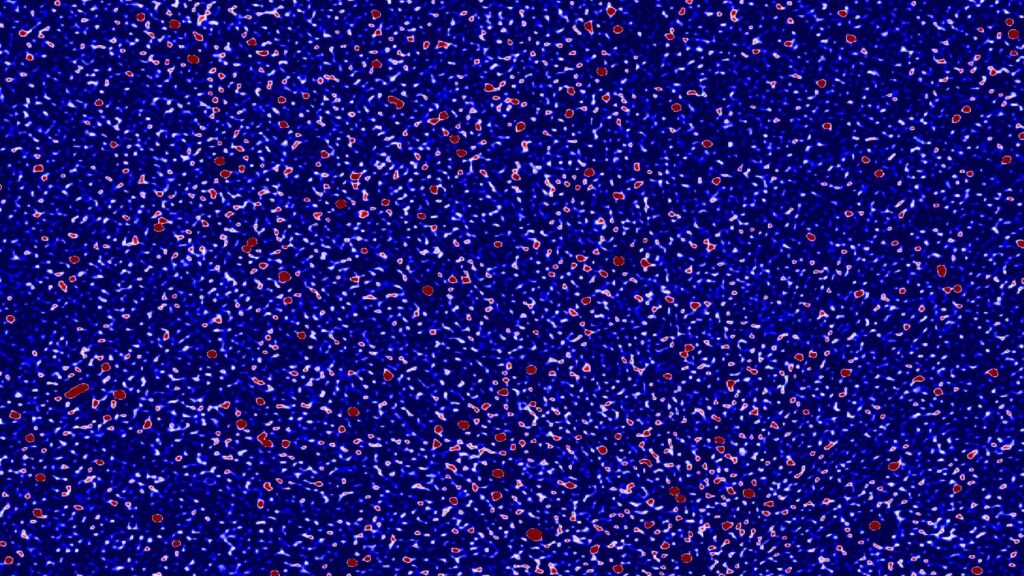The young universe may have been boiling over long before starlight first filled the universe, according to a new study.
The discovery suggests that some 800 million years after the Big Bang, energy from newborn black holes and the dying embers of the first stars was already warming vast clouds of intergalactic hydrogen gas, offering a rare glimpse into a little-known chapter of the universe’s youth.
you may like
Astronomers know that the universe began about 13.8 billion years ago in a very hot, dense state in the Big Bang, then rapidly cooled as it expanded. After about 400,000 years, the temperature cooled enough for protons and electrons to coalesce into neutral hydrogen atoms, and the universe entered the “Cosmic Dark Ages,” a long, lightless period in which the universe was shrouded in a thick fog of hydrogen gas.

the sound of the universe
Because it’s impossible to directly observe the universe’s first stars – they’re too faint, ephemeral, and far away to be detected by even the most powerful telescopes – astronomers instead look for the subtle fingerprints they leave behind in the surrounding hydrogen gas.
In the new study, Nunhoky and her team analyzed nearly a decade’s worth of data from the Murchison Wide Field Array, a powerful radio telescope in the Western Australian desert, looking for faint radio “whispers” from ancient hydrogen.
you may like
This signal occurs when the hydrogen atom’s only proton and electron flip each other’s spins. These are tiny changes that change the energy of atoms, causing them to emit or absorb photons at specific wavelengths. Astronomers are looking for faint radio echoes of this transition. This radio echo appears at a wavelength of 21 centimeters, or a frequency of about 1.42 gigahertz in our equipment. Because the strength of the signal is affected by the temperature of the surrounding hydrogen gas and the environment, it acts like a cosmic thermometer, revealing how the first stars and black holes began to influence the early universe.
However, detecting this ancient signal is extremely difficult. It’s buried beneath a layer of much stronger radio noise from the Milky Way, other nearby galaxies, Earth’s atmosphere, and even the telescope itself. To find out, the team developed a new statistical filtering technique that removes these foreground signals and isolates the most likely emission from hydrogen gas some 800 million years after the Big Bang.
This new approach creates the cleanest radio map of the early universe ever, and sets the tightest limit yet on signal strength at 21 centimeters, the researchers noted in their study.
Despite using “the best data we have,” focusing on a situation that Nunhoky described as “like a boreal zone with only a few sources of information,” the team found no evidence of a telltale signal. “It’s very difficult because it’s so faint,” she said.
After cleaning the data, the researchers could not identify any characteristic signs of a “cold start” of reionization. This feature would have been visible in the data if the universe, some 800 million years after the Big Bang, had been extremely cold until the first stars ignited, suggesting the universe was warmer than expected.
“As the Universe evolves, the intergalactic gas expands and cools, so we expect it to be very, very cold,” study lead author Catherine Trott, a professor at the Curtin Institute for Radio Astronomy, said in a statement. “Our measurements show that there is at least some heating. Not by much, but we see that very cold reionization is ruled out, which is very interesting.”
Cosmological models point to X-rays from early black holes and the remains of massive stars as a possible source of heating the intergalactic gas long before visible starlight filled the universe, Nunhoky said.
The team’s new data cleaning technology also lays an important foundation for the upcoming Square Kilometer Array (SKA). Scientists say the next-generation radio telescope, currently under construction in Australia and South Africa, is sensitive enough to directly detect the elusive 21-centimetre signal.
“We know what we’re looking for,” Nunhoky said. “All you need is a few hours. [SKA’s] It is the data that allows us to reach the level we want. ”
Source link

